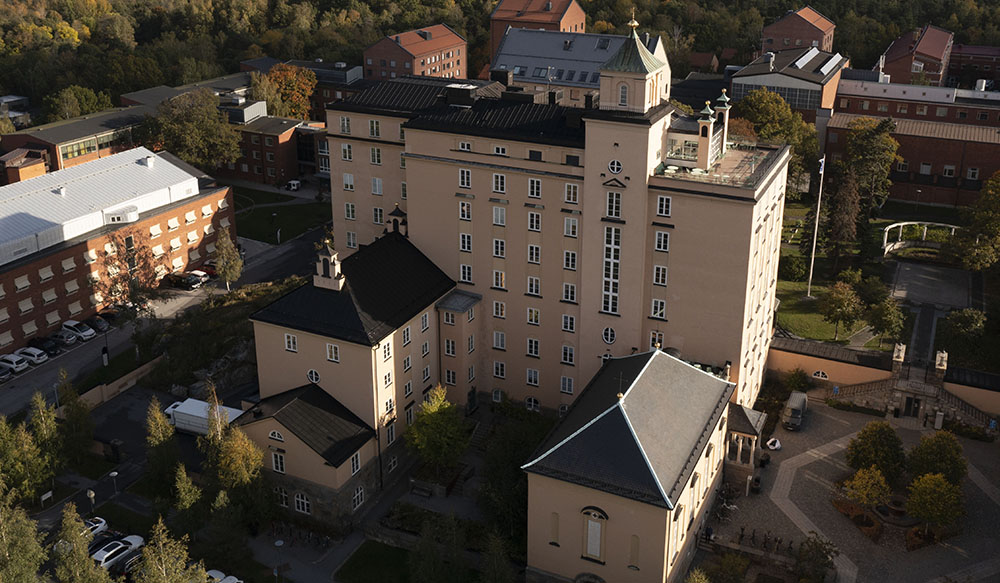The premises for the University Administration are reviewed

Work is now starting to review large parts of the premises where the University Administration staff work.
“The idea is to use our premises in the best possible way, and this is also a piece of the puzzle surrounding the campus relocation, where we are preparing space for those who will be moving in,” says Kerstin Jacobsson, University Director, who decided to optimise premises for the University Administration.

The employees who will be affected in the first phase are those in the various departments of the UAwho currently have their offices at Brinellvägen 8, Teknikringen 1, Drottning Kristinas Väg 2-8 and 48, Osquars Backe 2 and 31 and Valhallavägen 79, which in total concerns 19,000 square metres in these different buildings. Those working in UA at the schools are not included in this plan at present.
Great commitment
“We cannot afford to sit still and continue as now. In order for this to have an impact and contribute to a balanced economy by 2027, we need to start immediately. The idea is to develop our activities while reducing our costs. We will find solutions that are as good and sustainable as possible,” Jacobsson says.
The decision is accompanied by a project directive and a guideline for how workplaces are to be planned in different zones, which has been out for consultation. Over 400 people gave their views and input.
“There has been a great deal of commitment to the work environment and how to find more collective solutions in the planning of our future workplaces, which we have of course, taken on board in our work on this,” says Jacobsson:
“But not everyone can have their own workplace that is empty a couple of days a week. But we have to find solutions that make it as good as possible and that do not interfere with either co-operation or belonging.”
Different zones
In the wake of the pandemic, working from home, became a habit for many people in their everyday working lives. Measurements taken last year show that the average occupancy rate for the whole of the US was 59 per cent, with a maximum of 65 per cent of workstations and desks manned. On some days, occupancy was as low as 20 per cent.
The future offices will be divided into different zones for the use of the premises with workstations, meeting rooms, storage space and so on.
Will this apply regardless of the type of job?
“We will aim for the majority to work in more generalised solutions, but some exceptions can be made if the work requires it. “
Will there be major remodelling?
“No, hopefully not. We will also be very vigilant about the sustainability aspect of this work and live as we learn even in this change.”
When will it start?
“The guideline is based on a comprehensive analysis and compilation of evidence. This, in turn, has been anchored and discussed in various arenas for co-influence. Work on optimising premises has high priority. Our new workplaces will be in place in 2025 towards the autumn - we must keep a certain pace related also to the campus moves from Kista and Södertälje,” Jacobsson says.
Text: Jill Klackenberg
